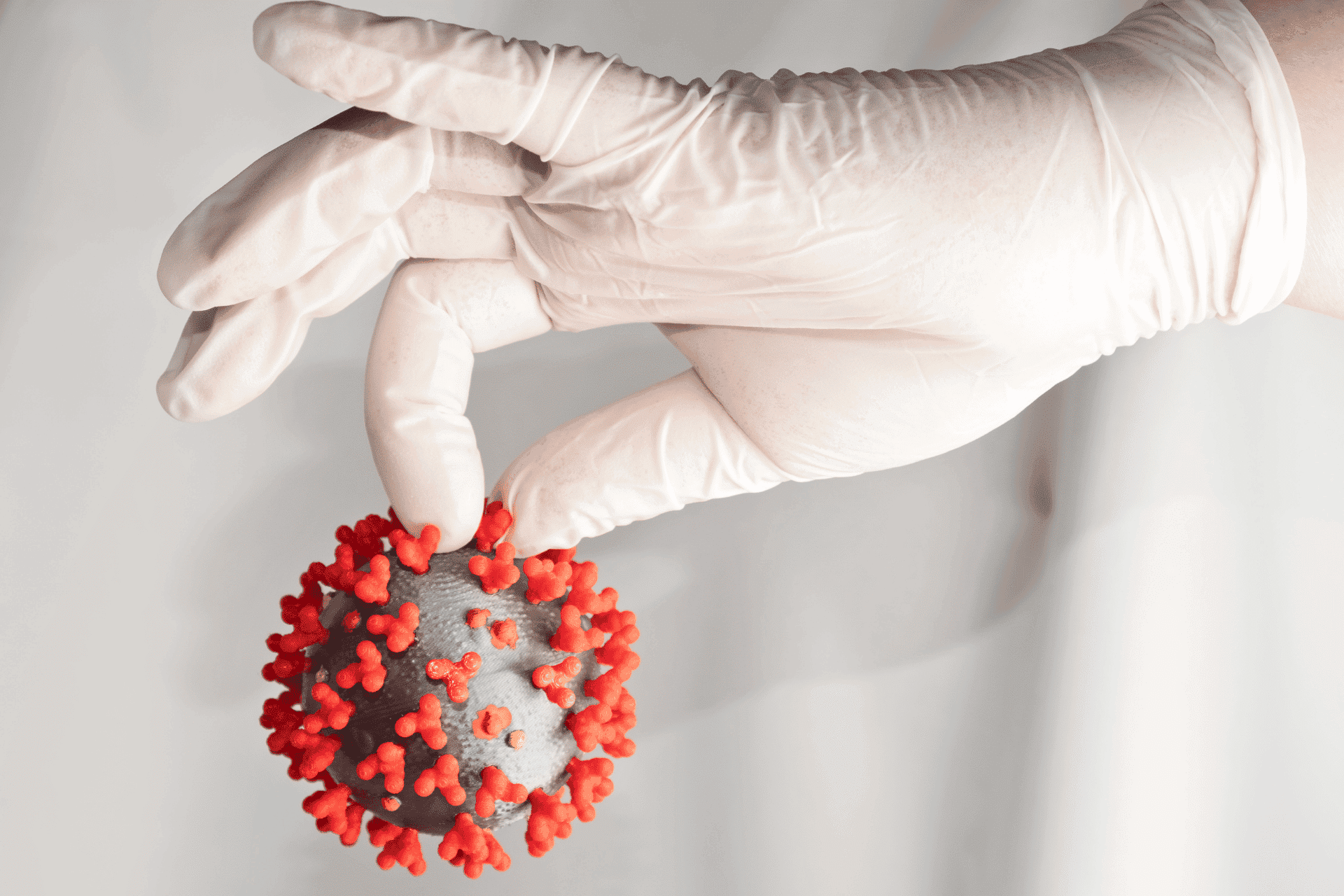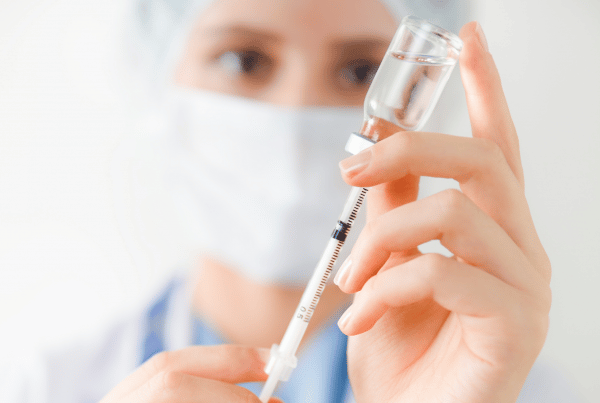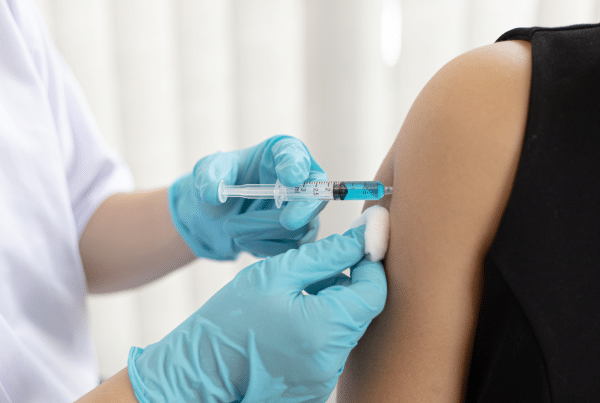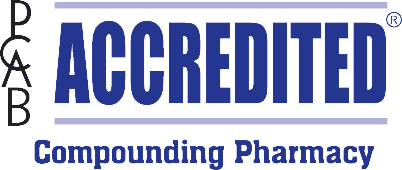The Origin of COVID-19
In December 2019, a new strain of coronavirus (SARS-CoV-2) was reported among the population in the city of Wuhan, China. This virus (commonly referred to as COVID-19) was eventually spread worldwide, leading to the World Health Organization (WHO) declaring it a global pandemic in March 2020.
What is SARS-CoV-2?
SARS-CoV-2 is a coronavirus that causes COVID-19 disease and targets the respiratory system.
Common human coronaviruses:
- 229E (alpha coronavirus)
- NL63 (alpha coronavirus)
- OC43 (beta coronavirus)
- HKU1 (beta coronavirus)
Other human coronaviruses:
- MERS-CoV (the beta coronavirus that causes Middle East Respiratory Syndrome, or MERS)
- SARS-CoV (the beta coronavirus that causes severe acute respiratory syndrome, or SARS)
- SARS-CoV-2 (the novel coronavirus that causes coronavirus disease 2019, or COVID-19)
And how does COVID-19 spread?
COVID-19 spreads from person-to-person, especially when in close contact via respiratory droplets. According to the Centers for Disease Control and Prevention (CDC), the coronavirus can still be spread even if the person is asymptomatic. The asymptomatic period lasts 2-14 days after the exposure to the virus.
Who is at risk for COVID-19?
Currently, we know that anyone can contract the virus, however, based on what we know at this time, certain adults are at increased risk of severe illness. Some examples are as follows:
- Medical Risk Factors:
- Pregnancy, Sickle cell Anemia, Chronic kidney disease, Cancer, COPD, Heart conditions,
- Immunocompromised patients: Obesity, Smoking, Diabetes
- Non-medical risk factors:
- Age – risk of death increases with age >30.
- Racial and Ethnic minorities – some racial minorities have appeared to be at greater risk than others.
- Disability
- Development and behavioral disorders
- Homelessness
Read more about the who is at an increased risk for COVID-19 from the CDC here.
What are the symptoms of COVID-19?
Symptoms may appear 2-14 days after contracting the virus. Some symptoms may include:
- Cough
- Fever
- Sore throat
- Body Aches
- New Loss of taste and smell
- Nausea or Vomiting
- Diarrhea
Seek emergency medical care immediately if someone is showing the following signs:
- Difficulty breathing
- Chest pain
- Bluish lips
- State of confusion
Read more about COVID-19 symptoms by Harvard Health here.
What do you do if you think you have contracted the virus?
Isolate yourself, avoid any gatherings and get yourself tested.
How long should you isolate for?
- For positive, symptomatic patients:
- Self-quarantine for at least 10 days have passed since symptoms first appear, and at least one day has passed since resolution of fever without fever reducing medication, and there is improvement in symptoms.
- For positive asymptomatic patients:
- Self-quarantine for at least 10 days since first positive test and still asymptomatic.
So, what can we do to stop the spread?
- Wash hands frequently
- Wear a mask or a face covering when in public
- Keep a 6 feet distance (2 meters) from others
- Avoid crowds
Read more about how to help slow the spread from the FDA here.
Are there any treatments for COVID-19?
So currently in the U.S. only one antiviral drug called Remdesivir (Veklury) has been approved to treat COVID-19. Some other drugs may also be used to help manage symptoms.
Generally, most people do not need to be hospitalized but they certainly should rest at home and avoid all contact with everyone. If you are experiencing respiratory symptoms, you may need to be hospitalized.
Our Expertise
Preston’s Pharmacy offers COVID-19 testing in our Arlington location
For RT-PCR COVID-19 testing:
- Results in:
- 2 days
- Next day
- For Rapid-Antigen tests: Results in less than 1 hour







